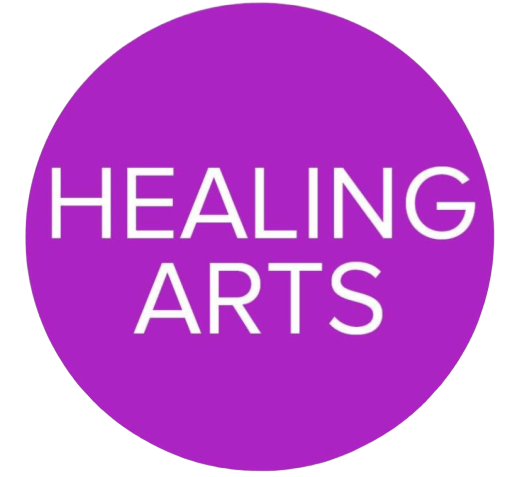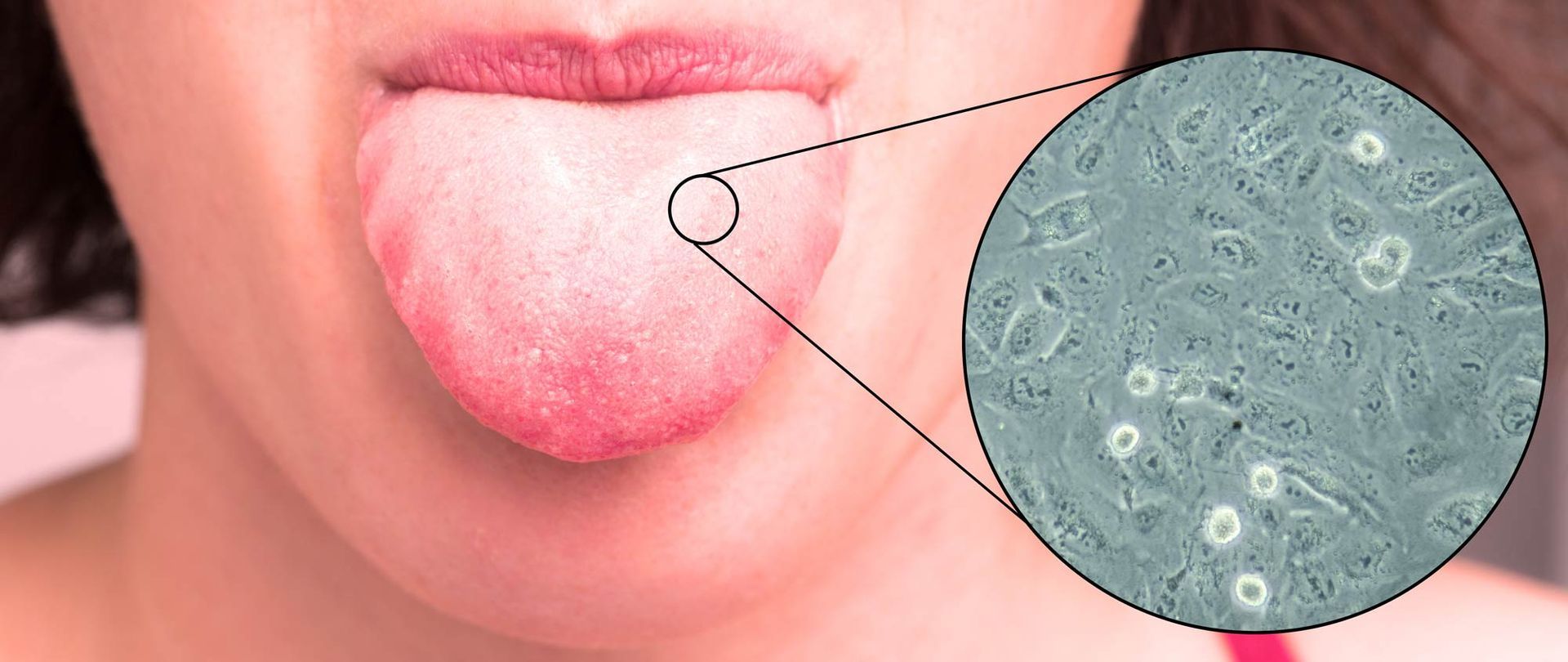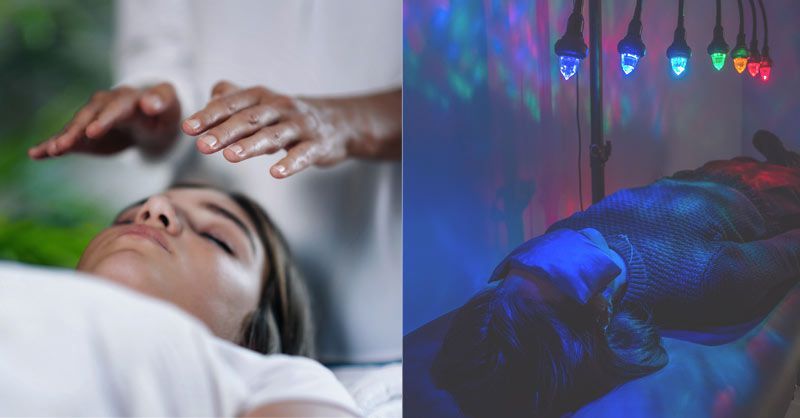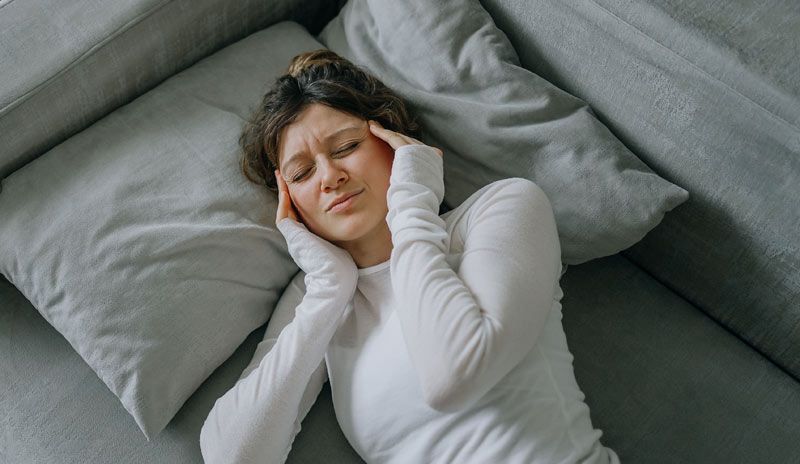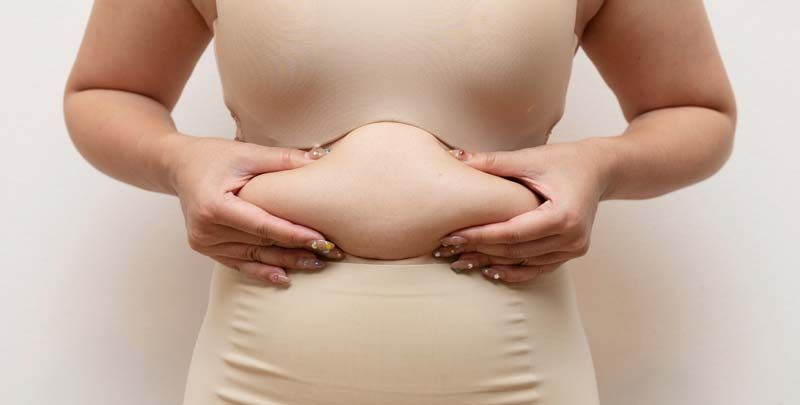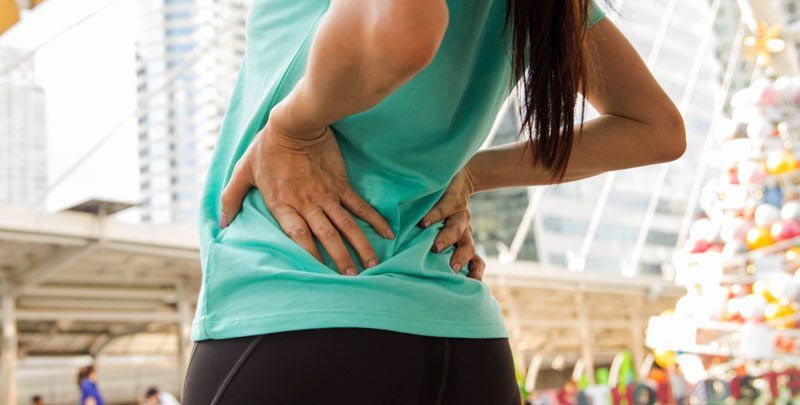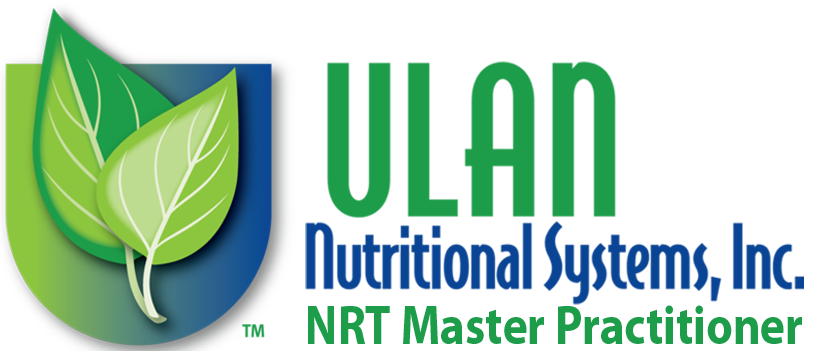Candida Natural Remedies for Mild Yeast Infections
Anyone experiencing severe or chronic candida should get muscle tested to identify the exact cause of their infection and create a personalized natural remedy for their body. As you can see, there are so many potential reasons that guessing isn't practical or efficient.
-Dr. Alicia Armitstead
Candida is a family of yeasts and is the most common cause of fungal infections. Many species are harmless and can live in the body, specifically the gut, without a problem. However, when mucosal barriers are disrupted or the immune system is compromised, they can invade and cause disease. Candida albicans is the most commonly isolated species.
The Most Common Ways to Develop An Overgrowth of Candida are
- Antibiotic use
- Chlorine from swimming pools
- Alcohol, especially beer, red wine, vodka
- Use of cortisone or prednisone
- Eating of Candida-promoting foods, such as bread, chocolate, alcohol, sugar, vinegar, cheese, milk, nuts, coffee, apples, grapes and bananas regularly.
- Hormonal birth control
- Direct pesticide exposure
- Heavy metal exposure or fillings
- Having lived or worked in a moldy building
- Excessive milk intake
Candida Symptoms Include
- Cravings for sugar, bread, milk, cheese, vinegar, chocolate or alcohol
- Sleep problems
- Anxiety
- Acid reflux, heartburn
- Headaches
- Depression
- Asthma
- Fatigue
- Fibromyalgia
- Muscle or joint pain
- Bloating or abdominal pain
- Excessive weight gain
- PMS
- Endometriosis
- Lack of sex drive
- Diabetes
- Constipation or diarrhea
- Skin problems - rashes, eczema, psoriasis
- Recurring infections - ears, bladder, sinus, vagina
- Cold feet, hands, nose
- Poor memory
- Heart palpitations
- Dizziness
- Numbness
- Large abdomen ('beer belly')
- High cholesterol
A person suffering from Candida usually can distinctly identify with at least three or more of these symptoms.
Natural Candida Cleanse
There is a full Candida cleanse with a special diet that cuts out many foods. When patients come to the office, we do muscle tests to determine their specific Candida diet. Every Candida diet is different. Some allow vinegar, and others don't. Some allow berries, and others don't. Everyone is different, and that's why a custom-made cleanse is nice. But if you can't get tested, Google the Candida diet; the standard Candida diet cuts out everything and works for everyone. Instead of writing what not to eat on the standard Candida diet, it is easiest for me to list what is permissible while doing a Candida cleanse here.
- Vegetables - all kinds. No corn, potato, or sweet potato.
- Starches - beans, rice, lentils, quinoa, spelt, millet, buckwheat (bread of these grains, if no added malt or yeast).
- Meat, poultry, fish, and eggs—choose organic, grass-fed, pasture-raised meat when available. Veal and lamb are the safest meats if organic meat is not available. Avoid tuna.
- Dairy: Use grass-fed butter and ghee. Substitute coconut milk or almond milk for cow, sheep, or goat milk.
- Fruit - fresh lemon, lime
- Spices are green herbs that come from dried leaves, such as basil, thyme, rosemary, oregano, black pepper, salt, garlic, ginger, paprika, and turmeric.
- Healthy Fats - unrefined coconut, olive, avocado, flax, sesame, etc.
- Nuts and seeds low in mold- almonds, sunflower seeds, coconut, or flaxseed.
- Condiments- Apple cider vinegar, coconut aminos and sauerkraut.
- Non-caffeinated beverages- Herbal teas, chicory coffee, filtered/bottled water, and water infused with lemon or lime.
Let me clarify: no alcohol, caffeine, sugar, or sugar substitutes like coconut sugar, stevia, honey, etc.
Anyone experiencing severe or chronic candida should get muscle tested to identify the exact cause of their infection and create a personalized natural remedy for their body. As you can see, there are so many potential reasons that guessing isn't practical or efficient.
